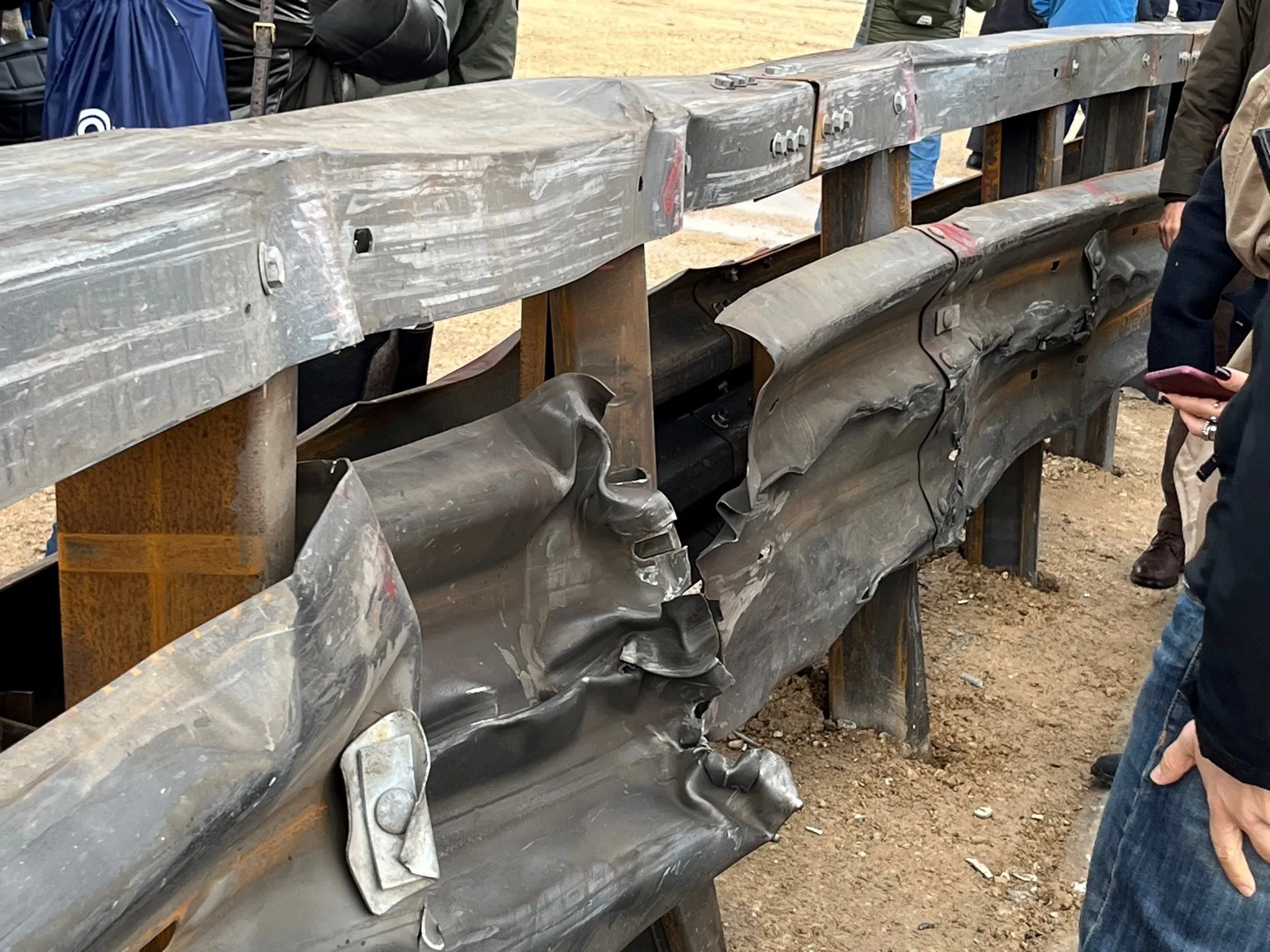A new report by the Institute of Advanced Motorists (IAM) in the UK suggests that older drivers are as safe as drivers from all other age groups, and perhaps more so. The study shows older drivers have better attitudes to safety, deal with hazards better than young drivers and use experience to increase their safety margins on the road. The report reveals that drivers over 75 react just as quickly as other age groups when a vehicle emerges from a side road or if the car in front brakes suddenly on a rural r
December 4, 2012
Read time: 3 mins

A new report by the 5125 Institute of Advanced Motorists (IAM) in the UK suggests that older drivers are as safe as drivers from all other age groups, and perhaps more so. The study shows older drivers have better attitudes to safety, deal with hazards better than young drivers and use experience to increase their safety margins on the road. The report reveals that drivers over 75 react just as quickly as other age groups when a vehicle emerges from a side road or if the car in front brakes suddenly on a rural road. Official statistics show that people over 70 make up 9% of drivers but 6% of driver casualties.
This study found that where older drivers had slower reaction times, they used their experience on the road to compensate and drive at slower speeds on all occasions, as well as keeping bigger distances between vehicles than drivers from other age groups.
But while the study found little difference in driving performance across the ages, it did highlight two areas of concern. Compared with other age groups, the eldest group appeared to stop short of the stop line at junctions and not look as often as others before pulling out. Older drivers also failed to look in their rear view mirror as much as other age groups on the motorway.
The report found that older drivers were likely to have less flexibility in neck movement and poorer vision standards but this did not translate into differences in driving performance. Neck flexibility varied widely, with some older drivers as flexible as some in the youngest group. The IAM believes it is important these findings are used in on-road and online assessments to ensure that older drivers understand the risks they face and what they can do to improve their driving in key areas.
In the light of this new report the IAM is calling for a government action plan for older drivers and for more car manufacturers to consider older drivers in vehicle design. The IAM is also calling for greater publicity to encourage health professionals to discuss driving and better information for older drivers and their families, as well as online self-assessment tools for older drivers and wider availability of voluntary on-road driving assessments.
IAM chief executive Simon Best said, “The government needs to create a strategy now to deal with the ageing driving population. Older drivers, their families and friends deserve access to assessment and information to help them stay safe on the road. As well as this, car makers need to look at innovative ways to use technology to help this growing sector and the medical profession has to improve the way it delivers support and advise to keep drivers fit for the roads.”
777 TRL principal human factors researcher Nick Reed said, “This study for IAM using TRL’s DigiCar simulator revealed that in many of the driving scenarios tested, older drivers were typically as safe as their younger counterparts. It was notable that performance was more varied across the older participants; seemingly reflecting differences in the ageing process and highlighting how difficult it is to make judgements about driving ability based solely on age. It was pleasing to identify specific areas of concern for older drivers and perhaps to correct some common misconceptions about their driving ability.”
This study found that where older drivers had slower reaction times, they used their experience on the road to compensate and drive at slower speeds on all occasions, as well as keeping bigger distances between vehicles than drivers from other age groups.
But while the study found little difference in driving performance across the ages, it did highlight two areas of concern. Compared with other age groups, the eldest group appeared to stop short of the stop line at junctions and not look as often as others before pulling out. Older drivers also failed to look in their rear view mirror as much as other age groups on the motorway.
The report found that older drivers were likely to have less flexibility in neck movement and poorer vision standards but this did not translate into differences in driving performance. Neck flexibility varied widely, with some older drivers as flexible as some in the youngest group. The IAM believes it is important these findings are used in on-road and online assessments to ensure that older drivers understand the risks they face and what they can do to improve their driving in key areas.
In the light of this new report the IAM is calling for a government action plan for older drivers and for more car manufacturers to consider older drivers in vehicle design. The IAM is also calling for greater publicity to encourage health professionals to discuss driving and better information for older drivers and their families, as well as online self-assessment tools for older drivers and wider availability of voluntary on-road driving assessments.
IAM chief executive Simon Best said, “The government needs to create a strategy now to deal with the ageing driving population. Older drivers, their families and friends deserve access to assessment and information to help them stay safe on the road. As well as this, car makers need to look at innovative ways to use technology to help this growing sector and the medical profession has to improve the way it delivers support and advise to keep drivers fit for the roads.”







